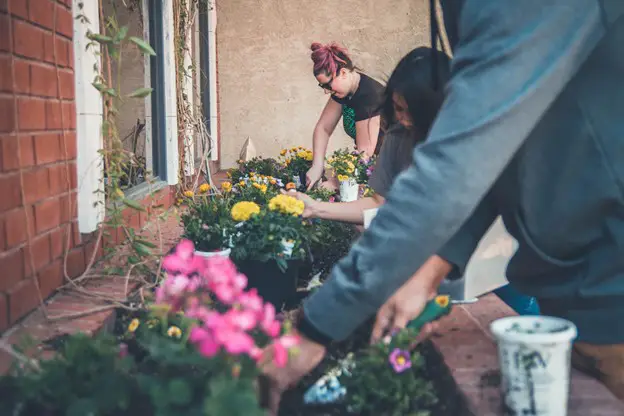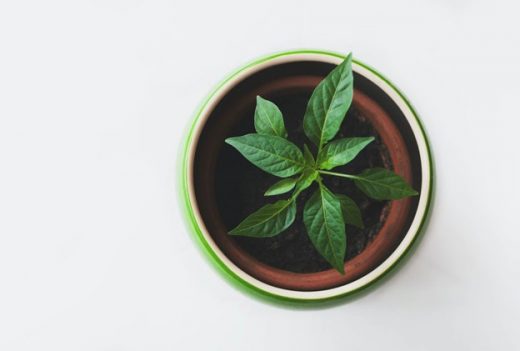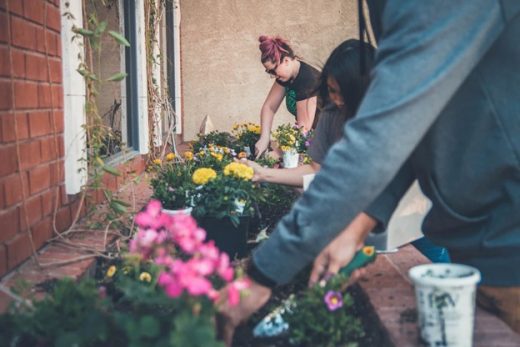How to take care of growing plants in garden Guide, Property gardening tips, Home advice
How to Take Care of Your Growing Plants in the Garden
29 Jan 2021
Most people, especially those who live in the city, dream about having their own home garden one day. If you are reading this, then you probably share the same dream, even if you weren’t exactly born with a green thumb.
Spending your free time caring for your plants is one of the most relaxing activities that you can do to unwind after a long day at work. However, tending a garden is no easy feat. Each plant has unique requirements that you need to understand and there are different tools that you have to learn how to use. If you’ve just recently invested in some plants that you know nothing about, you’ve come to the right place. Continue reading for some valuable tips on how to take care of your growing plants.
Control Your Plants’ Environment
Believe it or not, your plants will try to help you care for them, all you have to do is listen and observe. Plants usually love light, however, too much light can dry out the leaves and hinder your plants’ growth. The same applies to water and air. If you want your plants to grow and thrive, learn about their preferences.
You can look up information online or ask for advice from experienced gardeners if you’re unsure about the kinds of plants you’re growing. Otherwise, you can observe how your plants respond to different environments and then make adjustments accordingly. With just a little bit of attention, you’ll be able to befriend your plants and tend to their needs.
Use the Right Tools
While it’s true that gardening is a simple and relatively inexpensive activity, you still need to invest in some essential gardening tools to support the healthy growth of your plants. While the size of your garden will dictate the kind of tools you’ll need, there are some basic essentials that you must have. The professionals at plants2gardens.com/ emphasize the importance of using the right tools in order to get the best results.
If you want to start small, and we strongly recommend that you do, invest in the essentials, which include gardening gloves to protect your hands from thorny plants. You’ll also need a clipper to cut the weeds and keep your plants clean and healthy. Additionally, you should also buy a watering pot or a sprayer for efficient watering. Those should be enough to get you started. However, as your garden grows bigger, you’ll probably need to buy more tools like a shovel and a rake to aerate your soil.
Calathea Medallion plants have long been a staple inside homes, offices and commercial properties. This popular plant variety is part of the prayer-plants that fold their leaves at night. Calathea Veitchiana got its name due to the medallion-like shape of the leaves that contribute to the plant’s beautifully ornate foliage.
Use Fertilizers Correctly
Using natural organic fertilizers can make a world of difference in the healthy growth of your plants. However, too much of a good thing is still bad. Before you attempt to drench your plants in all kinds of fertilizers, get your soil analyzed by a specialist. The results will help you find out which nutrients are missing from your soil so that you can find the right fertilizers to compensate for this shortage. Excessive nutrients can burn your plants’ roots and stifle their growth. So, unless you understand first what is your soil lacking, you’ll be subjecting your plants to unnecessary risk.
Don’t Move Your Plants Unless Necessary
Repotting a plant can sometimes be necessary if there isn’t enough room for the roots to grow, for instance. However, transferring your plant for no good reason can cause irreparable damage. Early on when you first buy a new plant, make sure you know how big it’s going to grow so that you can place it in an adequate pot that will accommodate its growth. In some cases, you’ll need to transfer a plant due to an unforeseeable incident like a broken pot, in such cases, you need to do it the right way. You can watch one of the many videos online that can walk you through the entire process step-by-step. This way you’ll be sure your plant is safe and sound in its new ‘home’.
Get Rid of Bugs
Bugs and insects don’t only eat plants and stop their organic growth, they’re also carriers of dangerous bacteria and viruses. Infected plants often look sick and fable and have a lesser chance of surviving. In order to avoid an insect infestation in your garden, keep a watchful eye on your plants and get rid of any bugs right away. You should also cut off any infected leaves as soon as possible to stop a disease from spreading through your garden.
Give Your Plants Enough Space to Grow
The view of a thick luscious green garden is a vision to aspire to, however, this can only happen when you provide each of your plants with the space to grow. Crowded plants compete for nutrients, light, and water, so when there isn’t enough space, only the strongest are going to survive. Furthermore, when you crowd your plants, diseases can transmit easier amongst them, and what would’ve been a contained outbreak can turn into a sad case of mass destruction.
Growing healthy plants in your home garden will take so much of your time and effort. However, as you see them grow and blossom before your eyes, you’ll realize that it was all worth it. If your garden is currently going through a rough patch, you will surely find the remedy in one or more of the above tips.
Comments on this guide to How to take care of growing plants in garden article are welcome.
Gardens
Gardens Posts
Landscaping and garden design ideas for your outdoors
Tips For an Easy Garden Clearance
Tips for dealing with garden waste
How to choose the perfect furniture for your garden
Homes
Residential Architecture
Comments / photos for the How to take care of growing plants in garden guide page welcome







